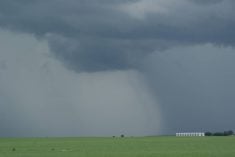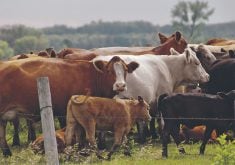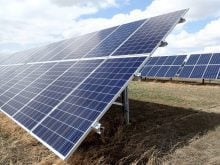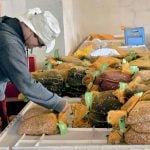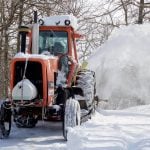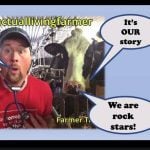Neil Mehrer, a producer from the Rural Municipality of Churchbridge, says agriculture has been undervalued by those who favour uncontrolled wetlands.
Having sat on the Assiniboine Basin Study since its inception, I, along with other producers, hold a view different from Ducks Unlimited Canada (DUC) of wetland management. That view should be provided by real stakeholders in this business we call farming.
To understand progress we must first revisit history.
The Palliser Expedition (1856) described Saskatchewan as a vast treeless prairie. Some of these challenges in the drier years were indeed finding adequate water. Wildlife was extremely rare and prior to settlement almost non-existent except for the transient herds of buffalo.
Read Also
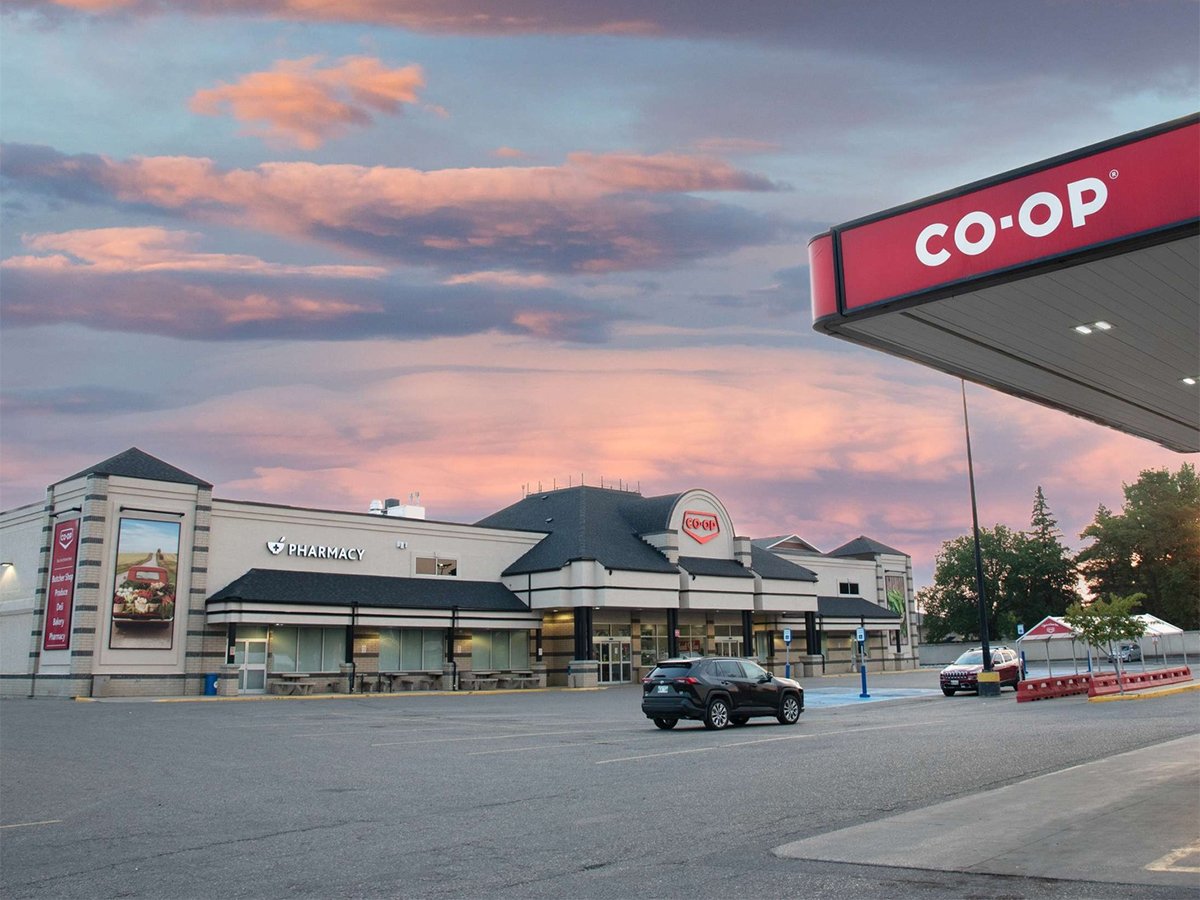
Farmer ownership cannot be seen as a guarantee for success
It’s a powerful movement when people band together to form co-ops and credit unions, but member ownership is no guarantee of success.
The first settlers in our municipality of Churchbridge came in 1885 prior to the advent of the railroad. These people lived in a hole in the ground for the first 12 years of their homesteading as there were no local building materials available.
There were wet and dry years in the early days and some of the earlier Icelandic settlers left the district in 1896 because of the drought.
Some of the settlers that came in the early 1900s settled in low lands and when the wet years came in the early 1920s they were scrambling for higher ground or relocated to new areas. The drainage in this RM started out of necessity at that point.
The 1930s were the dry years. My grandfather relocated to this area in 1933. At that point in history there were no trees here to provide wood for fuel so they went to the Assiniboine Valley, approximately 16 miles east by horse and wagon.
In the 1950s, wet years again resulted in more drainage. Some of the land that was developed was lost because of the prolonged wet years.
The early 1960s were dry and some of the drainage infrastructure was neglected and some areas filled in. With the advent of larger equipment, farmers of that time did a more complete job of land development.
When you read history you will realize that it is because of the plow and the development of farms that we now see the array of wildlife that is currently here.
As agriculture developed, it stopped prairie fires, which kept perennial vegetation in check. As more farms were established, perennial vegetation established and farms also provided food for wildlife. Wildlife numbers are still increasing, in fact, to problematic proportions. There were no beavers here in the 1950s.
We now have beaver bounties. In the 1950s, we would stop if we saw a deer; now there are depredation tags given out for deer. We have resident moose, bear, wolves, foxes, raccoons and Canada geese.
None of these were in this area in the 1950s. There have also been sightings of wolverine, cougars and pleated billed woodpecker.
Very clearly this menagerie of wild life is here because of agricultural development, not in spite of it. According to the Canadian Wildlife Service, most species of ducks are at record levels.
According to the Assiniboine Basin Study, unmanaged wetlands do not reduce flooding in wet conditions and high run off events. In this situation the only thing that reduces flooding is controlled drain-age. Obviously, an empty sponge holds more than one that is already full.
With uncontrolled wetlands we have found a substantial increase in soil salinity, which leads to large areas with little or no vegetation, destroying the biodiversity that formerly existed.
We have experienced this on some of the land that is left unmanaged adjacent to mine where six-and eight-inch poplars are dying in the standing water.
In these stagnant wetlands the rotting vegetation is causing increasingly poor water quality. These unmanaged wetlands, which are finished projects according to DUC, do nothing but propagate beaver that damage our infrastructure.
Also, there is mention made of the wetlands acting as filters.
In order to do that, they must be strategically placed in water runs, not on top of the divide between two watershed areas.
Agriculture and its development have been undervalued in this province, not only by DUC but also by a portion of those in government and society as a whole.
When you go to the grocery store, remember the food comes from farms, not wetlands.
I believe we are at the point where producers should not only lobby DUC supporters but also governments to make meaningful changes to allow co-operative development in this province.
I look forward to that day and want to be at the table with the real stakeholders who own and farm the land.



